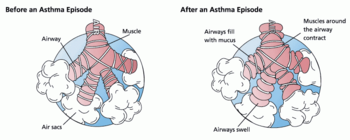
There appears to be a relationship between levels of sex hormones in the blood, for both men and women, may be related to occurrence of the nearly-always-fatal sudden cardiac arrest – which is different from myocardial infarction (“heart attack”) in people who have blockages in their arteries. Sudden cardiac arrest has to do with faulty electrical signals in the heart. Think about it. Your heart beats about 100,000 times in one day and about 35 million times in a year. During an average lifetime, the human heart will beat more than 2.5 billion times. The heart is a muscle that has to have stimulation to do its work, and that’s where the electrical signals come in. In atrial fibrillation the signals come irregularly and often too fast. But meds can do a good job of controlling this condition and thus lowering the risk of stroke. In sudden cardiac arrest they go out of whack so suddenly and severely that immediate death nearly always occurs. A recent study measured levels of male sex hormone testosterone in men and female sex hormone extradiol in both women and men who died of sudden cardiac arrest versus those who didn’t. The levels were strikingly higher in the deceased. This study promises potential for earlier detection – a much-desired goal that will allow docs to begin devising ways to treat this random-seeming fatal condition.
Related articles





























